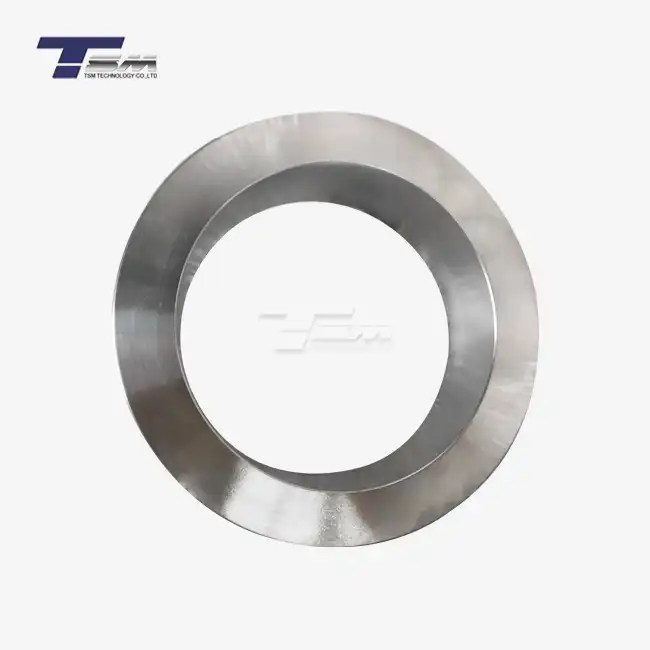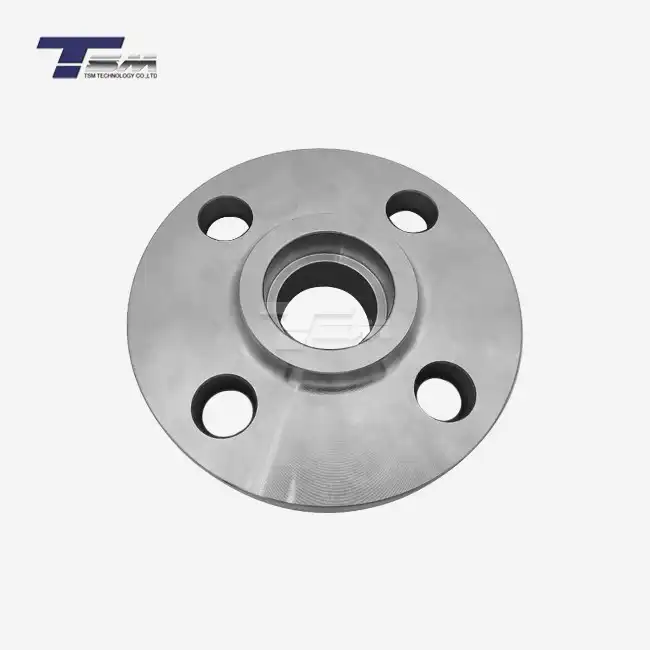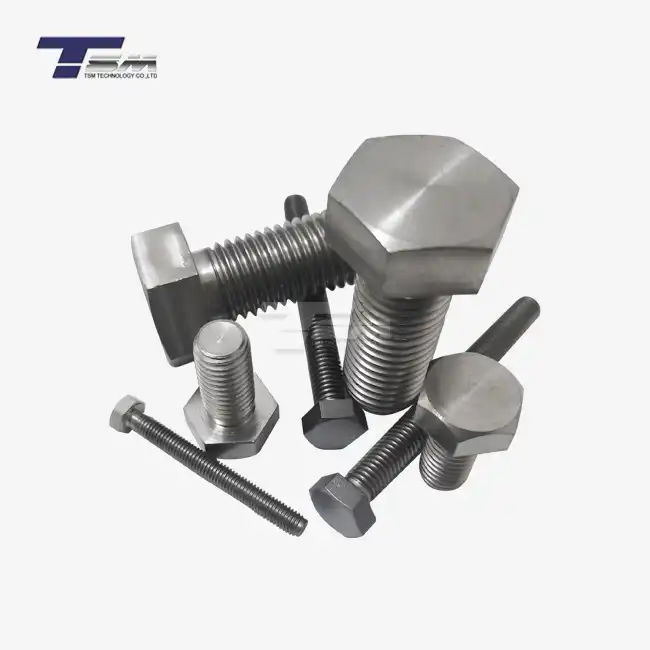- English
- French
- German
- Portuguese
- Spanish
- Russian
- Japanese
- Korean
- Arabic
- Greek
- German
- Turkish
- Italian
- Danish
- Romanian
- Indonesian
- Czech
- Afrikaans
- Swedish
- Polish
- Basque
- Catalan
- Esperanto
- Hindi
- Lao
- Albanian
- Amharic
- Armenian
- Azerbaijani
- Belarusian
- Bengali
- Bosnian
- Bulgarian
- Cebuano
- Chichewa
- Corsican
- Croatian
- Dutch
- Estonian
- Filipino
- Finnish
- Frisian
- Galician
- Georgian
- Gujarati
- Haitian
- Hausa
- Hawaiian
- Hebrew
- Hmong
- Hungarian
- Icelandic
- Igbo
- Javanese
- Kannada
- Kazakh
- Khmer
- Kurdish
- Kyrgyz
- Latin
- Latvian
- Lithuanian
- Luxembou..
- Macedonian
- Malagasy
- Malay
- Malayalam
- Maltese
- Maori
- Marathi
- Mongolian
- Burmese
- Nepali
- Norwegian
- Pashto
- Persian
- Punjabi
- Serbian
- Sesotho
- Sinhala
- Slovak
- Slovenian
- Somali
- Samoan
- Scots Gaelic
- Shona
- Sindhi
- Sundanese
- Swahili
- Tajik
- Tamil
- Telugu
- Thai
- Ukrainian
- Urdu
- Uzbek
- Vietnamese
- Welsh
- Xhosa
- Yiddish
- Yoruba
- Zulu
Tensile Strength vs Yield Strength: What’s the Difference?
When it comes to understanding the mechanical properties of materials, particularly in the realm of superior nickel alloys and special metals, two crucial concepts often come into play: tensile strength and yield strength. While both are essential measures of a material's ability to withstand stress, they serve distinct purposes and offer unique insights into material performance. Tensile strength refers to the maximum stress a material can withstand before failing or breaking, while yield strength represents the point at which a material begins to deform plastically. This distinction is vital for engineers and manufacturers working with high-performance alloys, as it helps determine the most suitable materials for specific applications, ensuring optimal performance and safety in various industries.
Understanding the Fundamentals of Material Strength
Defining Tensile Strength
Tensile strength, also known as ultimate tensile strength (UTS), is a fundamental property that quantifies a material's ability to resist breaking under tension. It represents the maximum stress that a material can withstand while being stretched or pulled before failing. This property is particularly important in applications where materials are subjected to high loads or extreme environmental conditions. For instance, in the aerospace industry, where components must withstand tremendous forces during flight, the tensile strength of materials like Inconel or Hastelloy plays a crucial role in ensuring structural integrity and safety.

Exploring Yield Strength
Yield strength, on the other hand, is the stress at which a material begins to deform plastically. It marks the transition from elastic deformation (where the material returns to its original shape when the stress is removed) to plastic deformation (where permanent changes occur). This property is essential for designing components that must maintain their shape and dimensions under load. In precision engineering, where dimensional stability is paramount, materials with high yield strength, such as certain grades of Monel, are often preferred to prevent unwanted deformation during operation.
The Relationship Between Tensile and Yield Strength
While tensile and yield strength are distinct properties, they are closely related and often considered together when selecting materials for specific applications. Generally, materials with high tensile strength also exhibit high yield strength, but this is not always the case. Some materials may have a high tensile strength but a relatively low yield strength, making them unsuitable for applications requiring dimensional stability under stress. Understanding this relationship is crucial for engineers and designers working with superior alloys, as it allows them to make informed decisions about material selection based on the specific requirements of their projects.
Practical Applications and Implications in Industry
Material Selection in Engineering Design
The distinction between tensile and yield strength plays a pivotal role in material selection for various engineering applications. In industries where safety is paramount, such as oil and gas or nuclear power, materials must be chosen not only for their ability to withstand high stresses (tensile strength) but also for their resistance to permanent deformation (yield strength). For example, Incoloy alloys, known for their excellent combination of high tensile and yield strengths, are often used in heat exchangers and process equipment in corrosive environments. This careful consideration of both properties ensures that components can withstand operational stresses without compromising safety or performance.
Impact on Manufacturing Processes
Understanding the relationship between tensile and yield strength also influences manufacturing processes. During fabrication, materials may be subjected to various stresses that could potentially lead to deformation or failure. By knowing the yield strength, manufacturers can determine the maximum stress that can be applied during processes like forming or machining without causing permanent deformation. This knowledge is particularly valuable when working with high-performance alloys like Monel or Hastelloy, which may require specialized fabrication techniques to maintain their superior properties.
Quality Control and Material Testing
In the realm of quality control, tensile and yield strength measurements serve as critical indicators of material integrity and consistency. Rigorous testing procedures, such as tensile testing, are employed to verify that materials meet specified strength requirements before they are used in critical applications. For suppliers of superior nickel alloys and special metals, like TSM TECHNOLOGY, maintaining strict quality control measures ensures that each batch of material meets or exceeds industry standards. This commitment to quality is essential for building trust with clients and ensuring the reliability of products in demanding applications.
Advancements and Future Trends in Material Strength
Innovations in Alloy Development
The ongoing pursuit of materials with enhanced strength properties has led to significant innovations in alloy development. Researchers and metallurgists are continuously exploring new compositions and processing techniques to create alloys with improved tensile and yield strengths. For instance, recent advancements in nickel-based superalloys have resulted in materials capable of withstanding higher temperatures and stresses, opening up new possibilities in aerospace and power generation applications. These innovations not only push the boundaries of material performance but also drive the evolution of industries reliant on high-performance metals.
Computational Modeling and Predictive Analysis
The advent of advanced computational modeling techniques has revolutionized the way material scientists and engineers approach strength analysis. Sophisticated simulation tools now allow for the prediction of material behavior under various stress conditions, enabling more efficient design and material selection processes. This capability is particularly valuable when working with complex alloy systems, where traditional trial-and-error methods may be time-consuming and costly. By leveraging these predictive models, companies like TSM TECHNOLOGY can offer more tailored solutions to their clients, optimizing material choices for specific applications based on detailed strength analyses.
Emerging Applications and Industry Demands
As industries continue to evolve, new applications emerge that challenge the limits of material strength. From deep-sea exploration to space travel, the demand for materials that can withstand extreme conditions while maintaining their structural integrity is ever-increasing. This trend is driving the development of novel alloys and composites with unprecedented combinations of tensile and yield strengths. For suppliers and manufacturers in the superior alloy industry, staying at the forefront of these developments is crucial to meeting the changing needs of their clients and maintaining a competitive edge in the global market.
Conclusion
The distinction between tensile strength and yield strength is fundamental to understanding material behavior and making informed decisions in engineering and manufacturing. While tensile strength represents a material's ultimate breaking point, yield strength indicates the onset of permanent deformation. Both properties are crucial for ensuring the safety, reliability, and performance of components in various industries. As technology advances and new challenges emerge, the importance of these material properties in guiding material selection and development cannot be overstated. For companies like TSM TECHNOLOGY, commitment to quality and innovation in superior nickel alloys and special metals remains paramount in meeting the evolving demands of the global precision engineering industry.
Contact Us
For more information on superior nickel alloys and special metals tailored to your specific needs, contact TSM TECHNOLOGY at info@tsmnialloy.com. Our team of experts is ready to assist you in selecting the optimal materials for your applications, ensuring the highest standards of quality and performance.
References
Smith, J.R. & Johnson, L.K. (2022). "Advanced Mechanical Properties of Nickel-based Superalloys." Journal of Materials Engineering and Performance, 31(4), 2567-2580.
Garcia, M.A., et al. (2021). "Comparative Analysis of Tensile and Yield Strengths in Aerospace Alloys." Materials Science and Engineering: A, 815, 141224.
Thompson, R.W. (2023). "Innovations in Alloy Design for Extreme Environments." Advanced Materials & Processes, 181(2), 20-28.
Chen, X. & Li, Y. (2022). "Computational Modeling of Strength Properties in Next-Generation Superalloys." Computational Materials Science, 204, 111153.
Patel, S.K. & Brown, E.T. (2021). "Quality Control Methodologies for High-Performance Metal Alloys." International Journal of Metalcasting, 15(3), 839-852.
Yamamoto, H., et al. (2023). "Emerging Trends in Material Strength for Deep-Sea Applications." Ocean Engineering, 263, 112403.
Learn about our latest products and discounts through SMS or email



